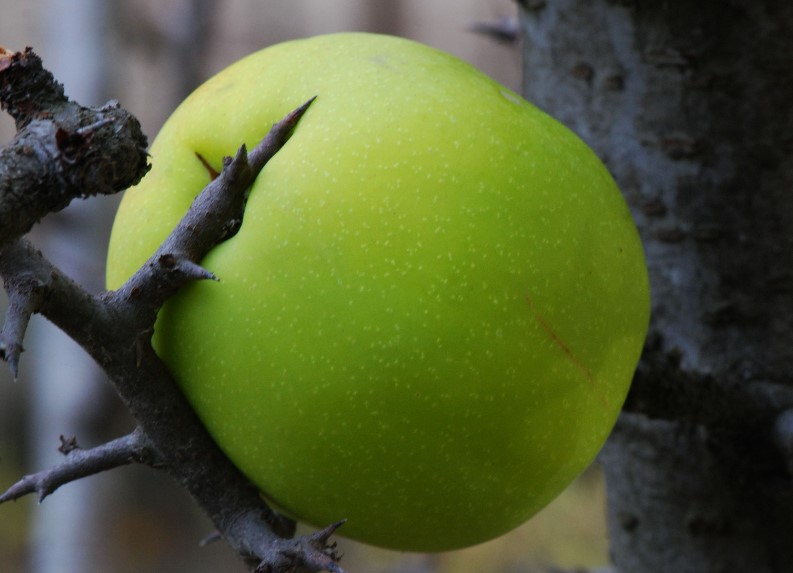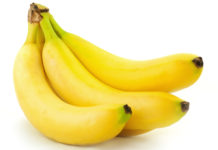The best reason to grow beets is to make homemade borscht. But you can also boil them and serve them with butter or one of those gooey sauces, you can pickle them, or you can eat the green tops in salads or as cooked vegetables. Beets can be savored from the first tops in spring to the last dug roots in December, just before the ground freezes.
And it is easy to preserve them long after that by canning, freezing, or storing them in the root cellar. To top it all off, they’re an easy, fairly quick maturing crop. Few bugs or diseases bother them, and almost any climate suits them. The seedlings are frost-hardy and can be grown in spring, summer, and fall in cold climates, and in fall, winter and spring in hot ones. Most varieties mature in about eight weeks.
Select a Site for Beets
Beets are easy to find a place for. They will tolerate some shade so that if part of your garden gets dapple or half-day sunlight, put them in or between rows of tall crops such as Brussels sprouts. They do not take up much room. You can even grow an extra early or extra late crop in a small cold frame.
Select a Soil for Beets
The best soil for beets is a sandy loam lightened and enriched with compost or aged manure (fresh manure makes the root grow side shoots instead of forming one nice round beet). If the soil is acid, dig lime in to raise the pH to at least 6.0. Give beets a luxurious soil, lightning and enriching it to a depth of at least eight inches, and pulverizing it and ridding it of rocks, roots, and other obstacles.
Planting Beets
Sow the seed as early as you can work the soil. Because in summer and fall crops soak the seeds to help them germinate if the weather is dry. Plant the seeds ½ inch deep in rows a foot or so apart, or plant them in a wide row. In either case, try to sow the seeds about an inch apart or if they’re any closer they will be barred to thin later.
But if they’re too sparse you’ll have gaps in the rows. Water the seedbed with a fine spray and cover it with a light layer of straw or salt hay to keep it moist. Plants every two weeks if you want fresh beets all summer; let up in August if it is hot and dry then make a few sowings in fall or later in a cold frame.
How to Grow Beets
When your seedlings emerge, remove any straw or hay mulch that is covering them. If you have planted in rows add mulch between the rows. It is important to keep the soil moist around the seedlings. When they’re about two inches tall you will have to thin them. Unfortunately, nature produces beets in small, inconveniently designed clusters and several seedlings will come up where each cluster falls.
Pull out seedling groups so that the ones remaining are about four inches apart then snip the extras in each cluster so that just one remains. If you get behind and don’t have a chance to thin until the seedlings are taller it is no big problem; those taller thinning will be good in salads. Just be sure to give maturing roots space in which to grow without crowding. The main idea in growing beets is to get them to mature quickly so that they are tender and not hard and woody.
This is done by giving them the kind of soil described above, a steady water supply, no weeds to compete with, and proper thinning. If I lived in a warm, dry climate I would preferably use the mulched row technique, especially If I were busy and might forget to weed and water enough. Beets are fairly heavy feeders and appreciate a top dressing with compost or a balanced fertilizer when about half grew.
Pests and Diseases for Beets
A few beetles might show up but probably will not decimate the crop; neither will the small yellow leaf miner. Apply rotenone for the beetles if necessary is you get leaf miners just pull off the white band of damaged leaves. Beets occasionally get a fungus disease. Prevent it by keeping the leaves as dry as possible. If it gets started to destroy the affected plants.
Harvest the Beets
While the beets are growing you can pick up to a third of the leaves off each plant and use them as cooked greens. If you are a real beet green aficionado you can just pick all the greens and forget the roots. When your fingers tell you that the beetroots are two to three inches in diameter, it is time to harvest them. Pull or dig them up and cut off the stems. Leave on an inch or two of the stem if you are storing the roots.
Varieties of Beets
The basic tried and true red beet is Detroit Dark Red good for spring or fall. Good early varieties include “Red Ace” Early wonder and little ball a small sweet one. The popular Ruby Queen gives a bountiful yield. Cylindra is long instead of round. Burpee’s Golden is a beautiful red-orange beetroot that does not turn everything purple when cut. This is a plus if you’re making potato salad unless, for you, beets should be like real madras guaranteed to bleed. Especially if you are making borscht.
Benefits of Beet and Carrot Juice
Do you know the benefits of carrot and beet juice? This powerful combination can provide a host of health benefits, including improved heart health, stronger bones, and better blood sugar control. Here are a few health benefits of carrot and beet juice!
Improved Heart Health: The beneficial compounds in carrot and beet juice can help improve heart health by reducing inflammation, lowering blood pressure, and improving cholesterol levels.
Stronger Bones: Carrot and beet juice are rich in minerals like calcium and magnesium, which are essential for strong bones. In addition, the antioxidants in these juices can help protect bone cells from damage.
Better Blood Sugar Control: Beet juice is especially beneficial for people with diabetes because it helps regulate blood sugar levels. The fiber content of beets also helps keep you feeling full longer, which can prevent overeating and spikes in blood sugar.
Other Benefits of Carrot and Beet Juice: In addition to the benefits listed above, carrot and beet juice can also help improve cognitive function, boost immunity, and protect against cancer. So, if you are looking for a healthy way to improve your overall health, carrot and beet juice are a great option!
Benefits of Carrot








